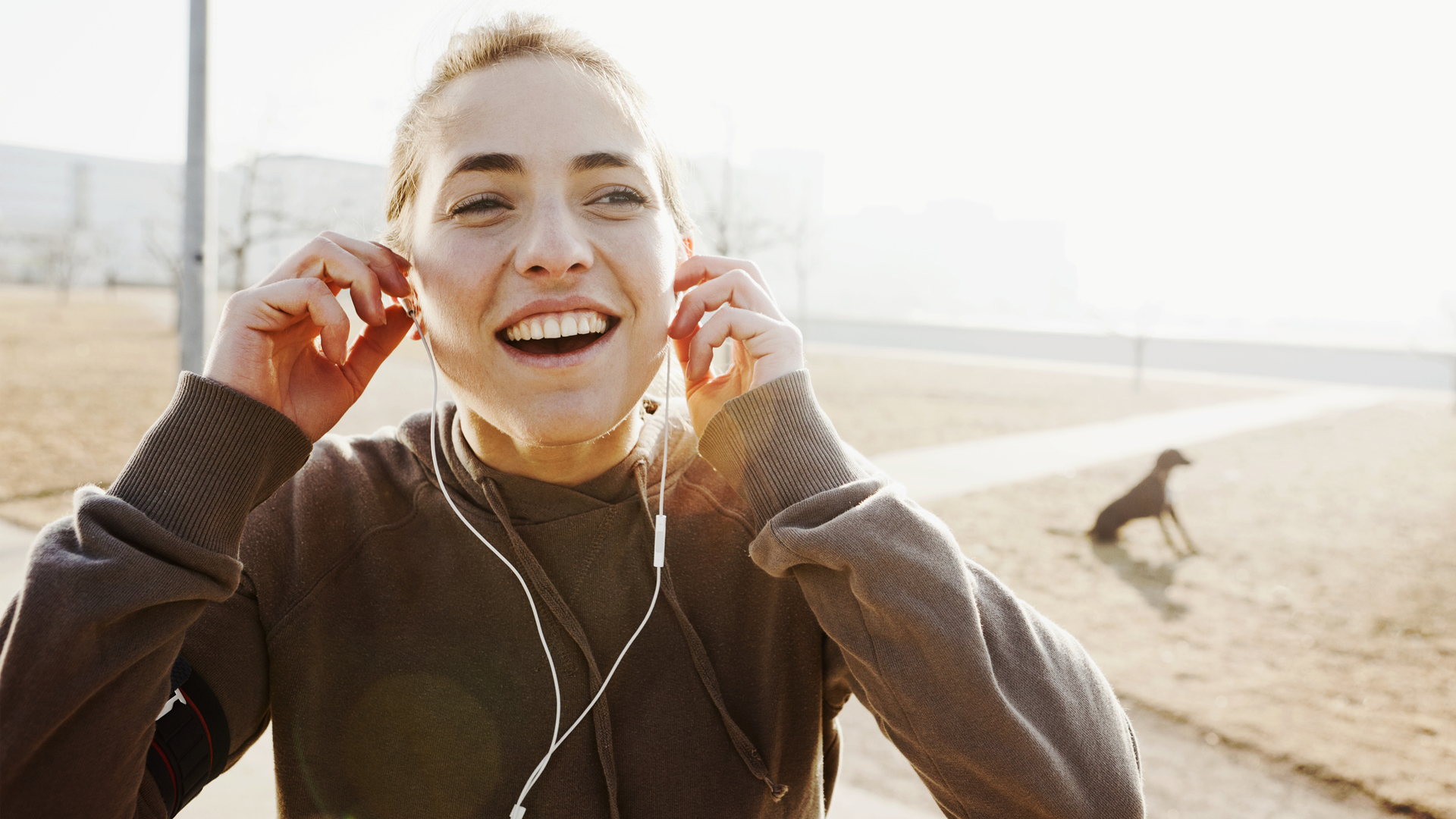1 billion teens and young adults risk hearing loss from listening devices
More than one billion teens and young adults worldwide may be at risk for hearing loss, a new review study suggests.

More than one billion teens and young adults worldwide may be at risk for hearing loss, a new review study suggests.
"These findings highlight the urgent need to implement policy focused on safe listening habits worldwide in order to promote hearing loss prevention," the researchers wrote in their study, published Nov. 15 in the journal BMJ Global Health.
People's risk for hearing loss from noise exposure depends on how loud and how long the exposure is — even a single, very loud noise can cause hearing loss, but more often, hearing loss occurs from repeated exposures to loud sounds over time, according to the Centers for Disease Control and Prevention (CDC). Young people in particular may be at risk for hearing loss because they use personal listening devices, such as mobile phones or portable audio players, and because of their attendance of loud events at entertainment venues, the researchers said.
Related: The five (and more) human senses
Previous studies have found that, when using personal listening devices, teens and young adults commonly choose volumes as high as 105 decibels (db), and that the average sound at entertainment venues can range from 104 to 112 db, the researchers said. That's well above safe listening levels, or levels that are unlikely to cause hearing damage, which the researchers define as 80 db for eight hours a day.
(To put things in perspective, normal conversation is about 60 db, a washing machine or dishwasher is about 70 db, and heavy traffic that you hear from inside a car is about 80 to 85 db, according to the CDC.)
At higher decibel levels, the period of time that a person can safely listen to the noise is shorter — for example, at 92 db, the period of safe listening is 2.5 hours; at 98 db, the period of safe listening is 38 minutes, and at 101 db, the period of safe listening is just 19 minutes, the researchers said.
Sign up for the Live Science daily newsletter now
Get the world’s most fascinating discoveries delivered straight to your inbox.
In the new review, the researchers analyzed information from 33 studies that included a total of 19,046 individuals ages 12 to 34 years old from 20 countries. About half of these studies examined young peoples' use of personal listening devices and the volume level they prefer on these devices. The other half focused on noise exposure at entertainment venues.
Overall, the researchers found that 24% of young people in these studies were exposed to unsafe noise levels using personal listening devices, and 48% were exposed to unsafe noise levels at entertainment venues. Based on these findings and the total number of people ages 12 to 34 worldwide (2.8 billion), the researchers estimate that 670 million people in this age group would be at risk for hearing loss from using personal listening devices, and 1.35 billion from attending loud events at entertainment venues.
Exposure to loud noise can fatigue the sensory cells of the ear and result in temporary hearing loss or ringing in the ears (tinnitus), according to World Health Organization (WHO). Over time, repeated exposure to loud noise may cause permanent damage to the sensory cells, leading to permanent hearing loss, according to WHO.
To reduce this exposure risk, the WHO recommends that, when using personal listening devices, people choose a volume that's below 60% of the maximum level. In addition, some devices and smartphone apps can help you monitor your noise exposure and alert you to unsafe noise levels. What's more, people should take breaks from noise exposure and wear earplugs when in noisy environments such as entertainment venues, according to WHO.

Rachael is a Live Science contributor, and was a former channel editor and senior writer for Live Science between 2010 and 2022. She has a master's degree in journalism from New York University's Science, Health and Environmental Reporting Program. She also holds a B.S. in molecular biology and an M.S. in biology from the University of California, San Diego. Her work has appeared in Scienceline, The Washington Post and Scientific American.










